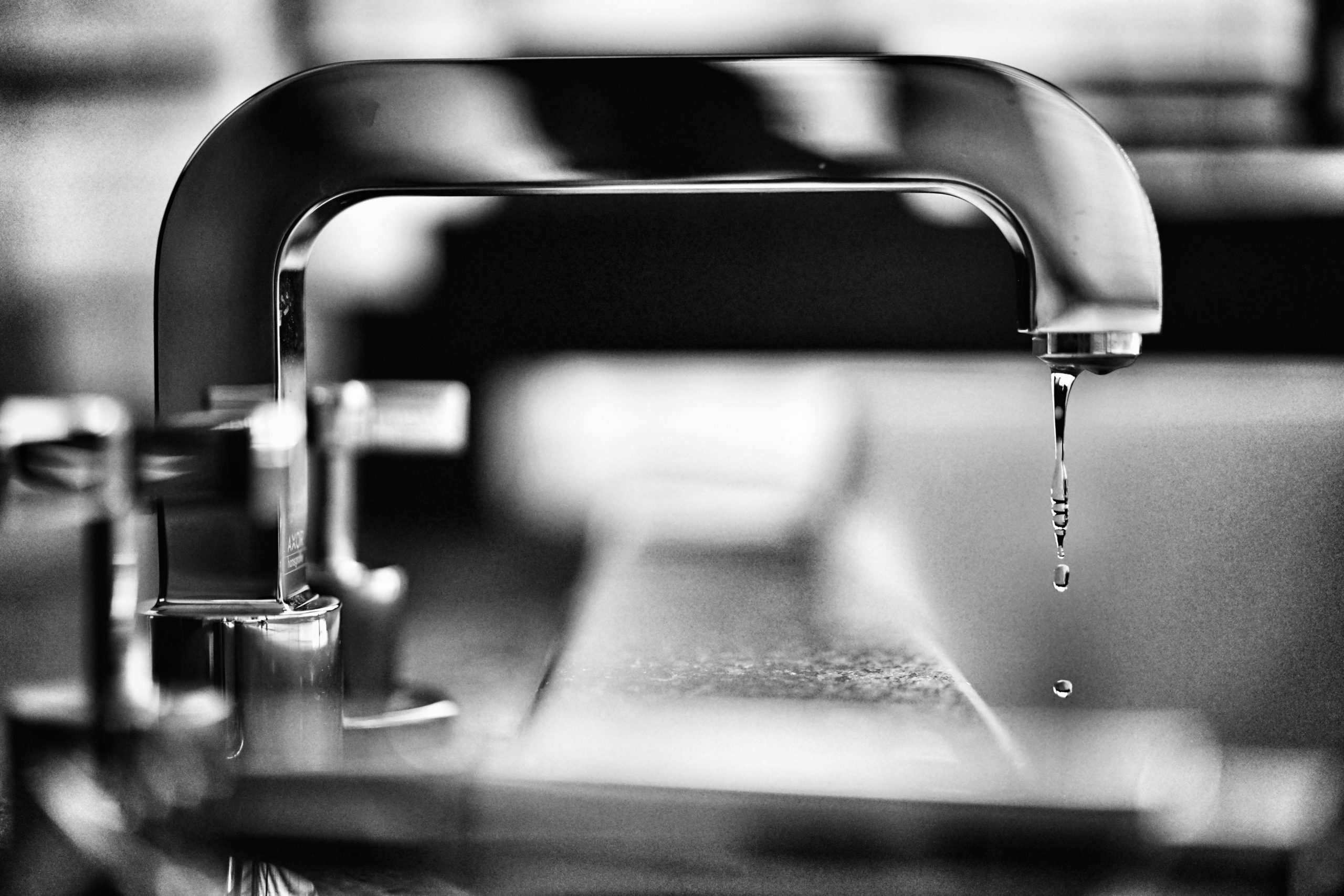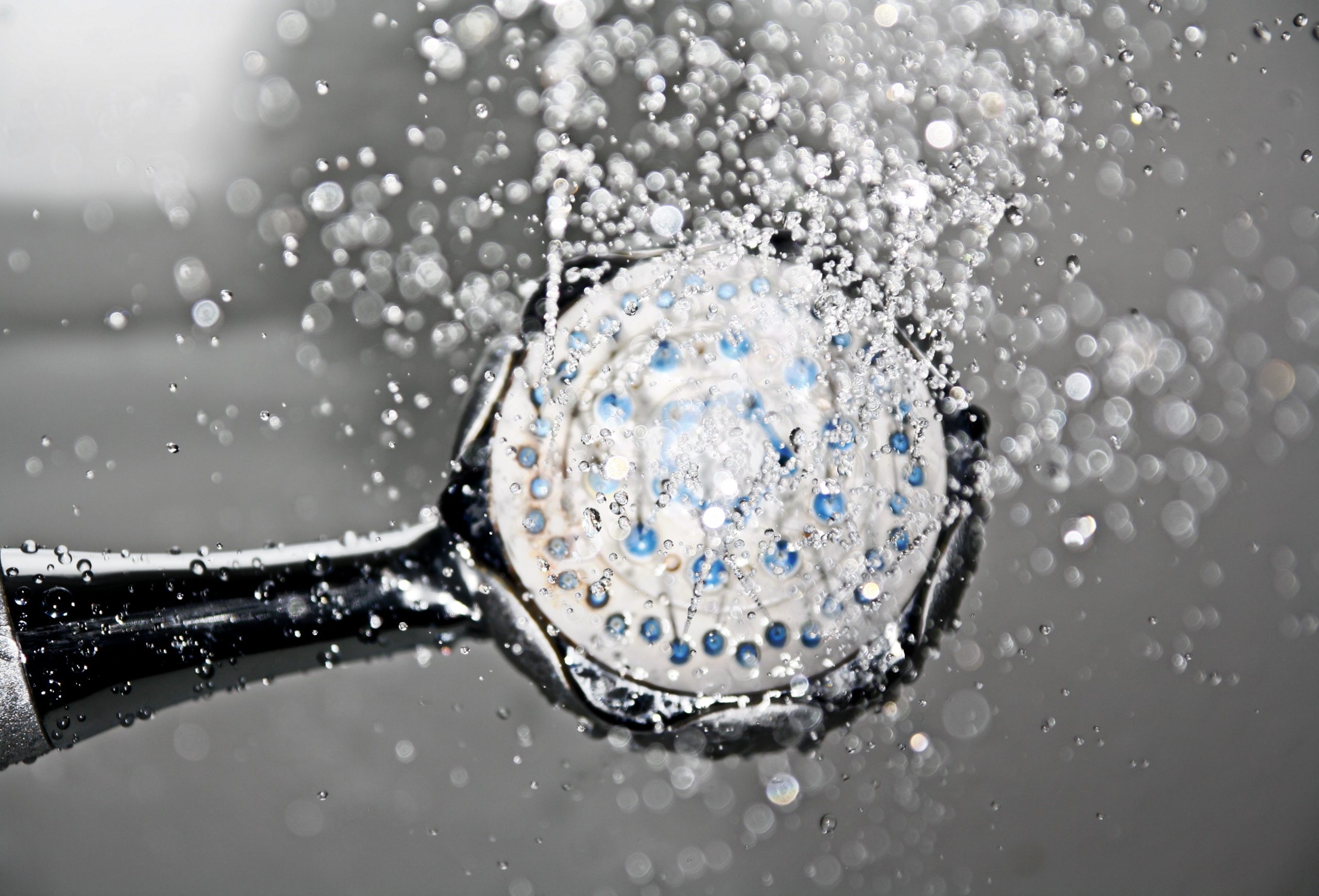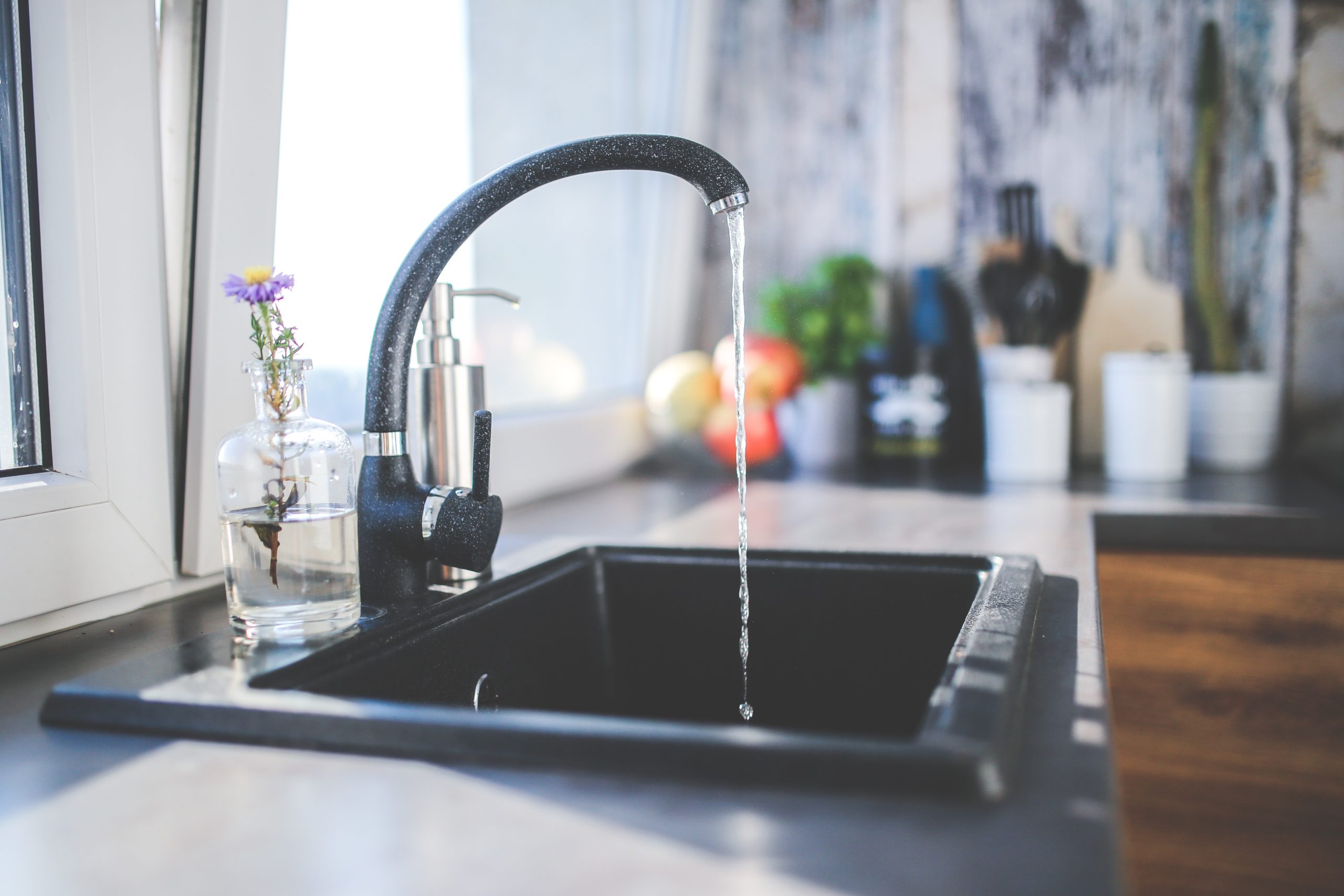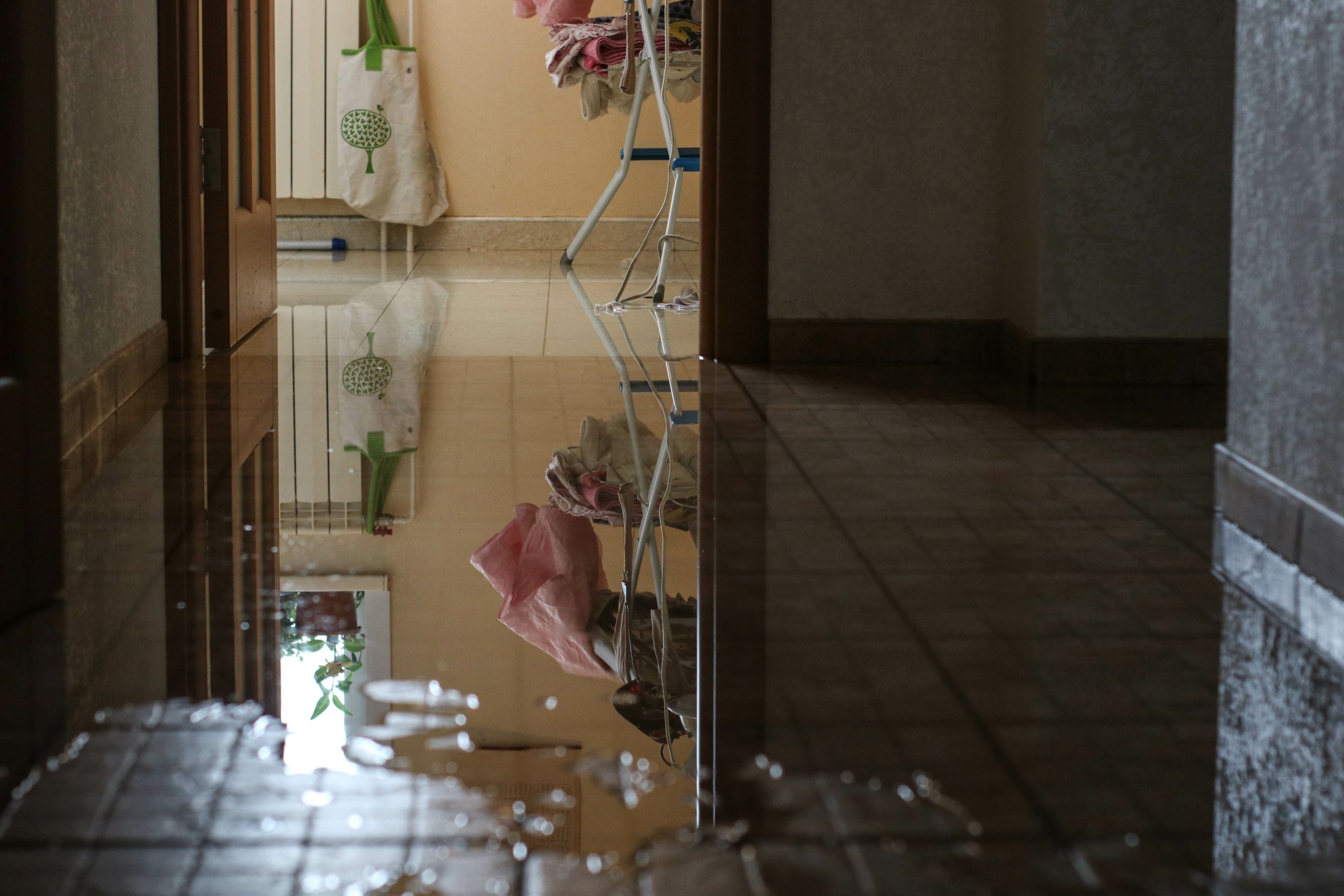Homeowners Guide to Plumbing Maintenance
Contents
Homeowners Guide to Plumbing Maintenance
If you’re like many homeowners, you may cringe when you think of maintaining your home’s plumbing. While plumbing emergencies can be a nightmare, performing some simple maintenance tasks and learning how to spot problems early can keep these to a minimum. We’ll discuss what you should know about maintaining your home’s plumbing and how to take care of problems when they arise. We’ll also look at some common plumbing-related home improvement tasks and whether they’re worth the expense.

01. Common Plumbing Issues
Problems with faucets, toilets and drains can be a nuisance, but many issues can be addressed simply and inexpensively, especially if you catch them early.
Clogged Drain
Every home is likely to have a clogged drain at some point. One of the first steps should be to find out if your drain is actually clogged. Drains become clogged when there is a buildup of insoluble materials, or things that won’t dissolve, in your pipes. If your water is draining slowly, a foul smell is coming from the drain, or your toilet bowl is not filling up like it should, you probably have a clogged drain. The most common solution for a clogged drain is plunging. While we typically think of plunging toilets, you can also plunge your sink. If plunging doesn’t work on your sink, you may need to take apart and clean the U-pipe. The pipe is prone to clogging and buildup. Use a plumber’s wrench to unscrew it, placing a bucket underneath to catch any water or debris that may come out.
When faced with a clogged drain, many people are quick to reach for a chemical drain cleaner. Even though this may seem like an easy fix, chemical cleaners are much more harmful than helpful, weakening your pipes over time. The chemicals can also harm the air quality of your home and cost you a lot of money when used repeatedly.
A safe alternative to chemical drain cleaners is a simple DIY method. For a simpler clog, pouring boiling water down the drain may solve the problem. For tougher clogs, pour half a cup of baking soda, then a half cup of vinegar down the drain. Plug the drain with a rag and allow the mixture to bubble and the baking soda to dissolve. After an hour, pour boiling water down the drain. This process may need to be repeated until the clog loosens.
Leaky Faucets
There are many common reasons for a leaky faucet. Often, parts of the faucet need to be replaced because they are old and worn. Some parts may simply need to be tightened. Some common problems include
- Bad O-ring—This part is attached to the screw that holds your faucet’s handle in place. This is a very common cause of leaks.
- Corroded valve—Buildup of water sediment can cause leaks that appear to be coming from the spout, but these actually originate at the valve that connects the spout and faucet.
- Worn-out washers, seals, or cartridges—These can all become corroded and may need to be changed.
- Loose nuts—Nuts can easily become loose over time.
Since faucets are pretty standard with simple mechanisms, attempting to repair a faucet before replacing it is often a smart option. When you can identify a problem such as loose parts or the need for a cleaning or simple replacement, you might tackle the job on your own. In some cases, it’s best to simply replace the entire faucet. If you experience several leaks, constant leakage, or if your faucet may be damaged, then it’s likely time for a replacement. If you are unsure of how to proceed, a plumbing professional can help you decide on the best course.
Hard Water
How you take care of the plumbing in your home will depend on whether your home is running on hard water or soft water. Hard water contains high levels of minerals like calcium and magnesium, as opposed to soft water, which has a high sodium content. Hard water does not cause health problems, although it can lead to dry hair and skin. However, homes that run on hard water are more prone to plumbing problems like clogged drains and mineral buildup in plumbing hardware than homes with soft water. Hard water can also leave residue on dishes and bathtubs.
If you don’t want to deal with the effects of hard water, you can purchase a water softener for your home. Water softeners convert your hard water into soft water by removing minerals. Soft water will be gentler and kinder on your plumbing, resulting in fewer maintenance tasks for you.
Toilet Won’t Stop Running
If your toilet won’t stop running, it is likely one of three problems:
- Flapper is leaking
- Float height needs adjusting
- Refill tube needs to be shortened
A leaky flapper is the most common cause of a running toilet. If the issue is with your flapper, which is the lever inside your water tank that is attached to the handle for your toilet, it is likely because the flapper is not completely sealed. You should be able to adjust the lever so that the flap can close. Once the flap closes, your toilet should stop running continually. However, you may need to replace the flapper to correct the issue. You can remove the flapper by taking the chain off and removing the pins on the side of the overflow tube.
A high water level in the tank can cause the toilet to run. You can fix this by changing the float height. To do this, simply loosen or tighten the screws. You may also need to shorten the refill tube. If it is too long, it will continuously pump water. To shorten, simply pull the tube partway out of the tank and trim it.
02. Seasonal Issues
In addition to addressing common plumbing issues, you can perform other maintenance tasks throughout the year to keep your plumbing working smoothly. Be aware of seasonal problems before they arise so that you can be prepared to handle them.

Fall & Winter
Frozen Pipes
One of the worst plumbing problems is frozen pipes during extremely cold winter weather. Unfortunately, freezing pipes often burst, which can create a big, expensive, and very inconvenient mess. Thankfully, there are steps you can take at home to prevent your pipes from bursting.
Whether you are home or away on vacation, keep your heat on. Pipes freeze because they’re exposed to cold. If you turn off your heat completely, you aren’t giving your pipes any protection from the freezing temperatures. It may seem pointless to keep the heat on when you aren’t home, especially if you are away on vacation, but keeping your thermostat set at 55°F or above at all times can help prevent the water in your pipes from freezing.
Pipes burst because the water inside has frozen and expanded or because there is buildup of water behind a blockage of ice. When prolonged cold hits, allowing your pipes to drip maintains a constant flow of water, which can prevent freezing. You can also open the cabinets under your sinks or other areas that house your pipes to allow the heat from your home to warm them.
Your garden hoses are also susceptible to freezing. Water can be trapped inside a hose from the last time it was used and freeze, causing the hose to expand, crack, and break, potentially also damaging the faucet it is connected to. It’s best to disconnect your outside hoses and store them away to avoid this problem.
If your pipes freeze, you can take steps to fix the problem. First, find the pipes that are frozen. If only a drip or no water at all comes out of the faucet, or if the water won’t drain, it’s likely that your pipes are frozen.
There are a few ways to thaw a pipe. If the pipe is exposed, such as under your sink, you can use a hairdryer, hot towels, heat tape, or even a space heater to carefully heat and thaw the pipe. If the pipes are not exposed, turning up the heat in your home may do the trick. If this doesn’t work, you could cut into where the pipe is and unfreeze it as you would an exposed pipe. This could be a larger job, so if you don’t feel comfortable doing it on your own, reach out to a professional before the frozen pipe becomes a burst pipe.
Ways to Save Money
In winter, your home needs to use more energy than usual to heat water. There are some simple ways to use less water in order to keep your bills under control during the winter months. One of the easiest ways to save water is to be mindful when you’re using it. When shaving, brushing your teeth, or washing your hands, keep the water on only when you are actually using it. Every second adds up, so this can end up making a noticeable difference in your bill.
Most people have a dishwasher and a washing machine in their home. Before running either, make sure you have a full load of dishes or a full load of clothes to cut back on the number of loads you have to do. The fewer loads you do, the more water, energy, and money you save.
Spring & Summer
Flooding and Leakage
Spring and summer are known for the rain they bring. Large amounts of rain can lead to flooding in basements and wreak havoc on your plumbing. Outdoors, it’s important to keep your gutters clear of leaves and twigs. Otherwise, debris buildup can create blockages and lead to an overflow of water. You’ll also want to pay attention to your roof during these months and stay on top of any small leaks as they appear. If you let a small leak slide, it can easily grow into a large problem that causes serious damage.
Pipe Corrosion
In the world of plumbing, corrosion is the deterioration of pipes because of exposure to water. Over time, the pipe begins to disintegrate into the water as a result of chemical reactions. If a pipe is corroded, it could be compromised. Corroded pipes are known for causing damage to heaters, appliances, and fixtures as well as making water unsafe to drink.
It’s important to bring in professional help as soon as you see signs of corrosion in your pipes, such as discoloration, stains, or flaking. You should also always be mindful of the taste and look of your water. If it begins to have a metallic taste or if you see discoloration, this could be a sign of corroded pipes, and you should contact a plumbing professional promptly to assess the situation.
Septic Tank Problems
Septic tanks work by utilizing a drain field. When your yard gets a lot of extra precipitation in the spring and summer, it can become saturated and unable to absorb your home’s wastewater. To avoid septic tank backup, get it inspected and pumped before the rainy season.
Check Your Sump Pump
It is a good idea to test and clean your sump pump to make sure it is still working effectively before spring rains arrive. Keep checking on your sump pump every few months to keep your home protected from flooding.

03. Plumbing Problem Warning Signs
Rising Water Bill
If your water bill is rising and you aren’t using more water than normal, that could be a sign of a plumbing issue. More specifically, it could be a sign of a leak somewhere in your home. Even a small constant flow of water will inevitably affect your water bill. The toilet and shower are common areas for leaks to occur. Many homeowners can repair these problems on their own. If you’re not comfortable fixing a leak in your shower or toilet, or if you’re unable to find the source of the extra water usage, contact a professional. If you have a leak that you can’t see, it could be causing invisible damage.
Damp Areas, Musty Smell, or Mold
Damp areas in your home can be a sign of a plumbing problem. It is important to take care moisture problems as soon as possible to prevent the growth mold and mildew. If you notice damp areas in your home, dark spots on the wall, or a musty smell, contact a professional to identify the source and fix the issue as soon as possible.
Low Water Pressure
Low water pressure can be a sign of a problem either with your plumbing or with your water supplier. To begin to evaluate the problem yourself, check whether your water meter valve is fully opened. If not, then this is the most likely cause of your low water pressure. The valve is usually located on an outside wall of the house, in an underground box between the house and the street, or in an interior utility area like a garage or basement. You can also check the house’s shutoff valves. If all of these valves are fully open, contact a plumber for help identifying the issue.
Continuously Running Water Meter
If you aren’t using any of the water inside or outside of your home, but your water meter is running, this is a warning sign of a leak in your plumbing. Your water meter is normally located where your water supply comes into your home, which is often the kitchen. It could also be located in an underground box near a garden area or walking path. Once you find it, make sure all water is shut off in and outside your home, and then check to see if the meter is still running. If it is, then it is time to call in the professionals to help.
Unsafe Water
Your tap water should always be clear and odorless. The best way to tell what’s in your water is to have it professionally tested, but you can be alert for certain warning signs. If your water smells strange or is discolored, or if you notice staining in sinks, tubs, or toilet bowls, this can indicate the presence of harmful compounds.
Your unsafe water problem could be originating in your pipes. Over time, the interior of pipes can rust, which can cause the metal to flake off, changing the color or smell of the water and making it unsafe. While some types of filters could potentially make the water safe to drink, this doesn’t address the source of the problem. For a more permanent and reliable fix, look into installing new pipes.
Before rust is visible, it often leaves a detectable metallic taste in the water. If your water starts to taste funny, it is best to call a plumber to check your pipes. You can also keep an eye out for rust in your water heater. If your water heater begins to rust, then replace it before the rust spreads throughout your plumbing system.
If your water issues are a result of the water supply coming into your property, then the best option may be a whole-house water filtration system. Before deciding what actions to take, bring in a professional to make sure your solutions are appropriate for your home’s plumbing.
Signs It’s Time to Upgrade Your Plumbing
Some plumbing issues, like leaky faucets and toilets, can be fixed at a reasonable cost, but sometimes, upgrading your plumbing system is the best long-term solution. But when do you know that it’s time to update your plumbing? If you’re noticing the symptoms of larger issues such as low water pressure, unsafe water, or constant or large leaks that cause water damage, it may be time to replace elements of your plumbing system.
04. Home Improvement

Upgrade Plumbing Fixtures
You will know when it’s time to update your fixtures. You’ll likely notice reduced water flow, no water flow, or discolored water. Installing new fixtures increases the efficiency of your home, especially if you are intentional about choosing high-efficiency models. In addition to efficiency, making simple fixture updates can make a room more inviting if you’re hoping to sell your house in the future.
The cost of upgrading your plumbing fixtures can vary widely depending on which and how many fixtures you are looking to upgrade as well as where you live. If you simply want to upgrade a faucet or showerhead, then you may get away with spending less than $100. To upgrade your whole plumbing system, however, the cost averages a few thousand dollars, depending on how many pipes you need to replace. You can get a more precise estimate by contacting a professional in your area.
Upgrade Water Heater
Having an old or run-down water heater can be a headache. An old heater can leak and raise your energy costs. A new water heater can give you increased capacity, energy efficiency, and easier maintenance.
The cost of water heaters vary widely depending on type.
- A standard water heater can cost between $400 and $1,600
- Tankless water heaters cost between $250 and $2,500
- A high efficiency water heater can range from $700 to $3000
- Solar water heaters can range from $1000 to $6000
In addition to the cost of the water heater itself, you will need to factor in installation costs. The investment in a new water heater could save you a lot of money by preventing water damage and reducing utility bills. Water heaters have a lifespan of 8–10 years. As they get older, they often leak water out of the bottom or around fittings. When a heater is older than 10 years, it will eventually begin to leave rust in your water. By replacing your water heater, you can avoid these problems.
Update Sump Pump System
The sump pump is an important part of many homes, providing needed protection from flood damage. An updated sump pump can help ensure uninterrupted protection from heavy rains and summer storms.
The cost of installing a new sump pump can vary depending on your location, but the national average is around $1200. In addition to the pump itself, you have to consider the cost for installation, which is generally charged by the hour. If you live in a house with a basement and don’t have a sump pump system that works well, you are likely to experience a lot of flooding in your basement, which can lead to water damage. Extensive water damage is expensive to repair and can significantly decrease the value of your home. If you decide that replacing it is not an option at the moment, make sure to have it inspected to ensure it is working properly.

05. How to Be Ready for a Plumbing Emergency
A plumbing disaster could happen any time with few warning signs. While you can’t anticipate when a plumbing emergency will happen, you can take steps to be prepared.
One of the most important things you can do is to know where your main water shutoff valve is in your home. Most of the time, this valve is located somewhere on the perimeter of the house. If water is gushing out or spraying everywhere, shutting off the water will prevent further flooding. If you aren’t able to find your main shutoff valve, you can try to check the property inspection report you received when purchasing your home. You should also make yourself familiar with each individual fixture’s shutoff valve.
Assemble a kit with materials to keep handy in case you have water leaking or spraying and cannot get the valve to shut off. Some items you could put in a plumbing emergency box could be rags/towels to soak up leaking water, buckets to catch water that may be leaking from above you, and strong waterproof tape to seal off leaks. Finally, keep your plumber’s number in a place that is easily accessible. Save the company’s number in your phone or write it on a piece of paper and place the paper somewhere visible. When an emergency strikes, you will want to be able to contact help quickly.
Your plumbing is an essential part of your home. It has to function properly, and you need to be prepared to handle any situation that may come your way. If you haven’t already done so, finding a plumber you can trust should be a high priority. Each season can throw a different set of problems at your plumbing system. Having a professional on your side ensures you are ready to face any challenge.